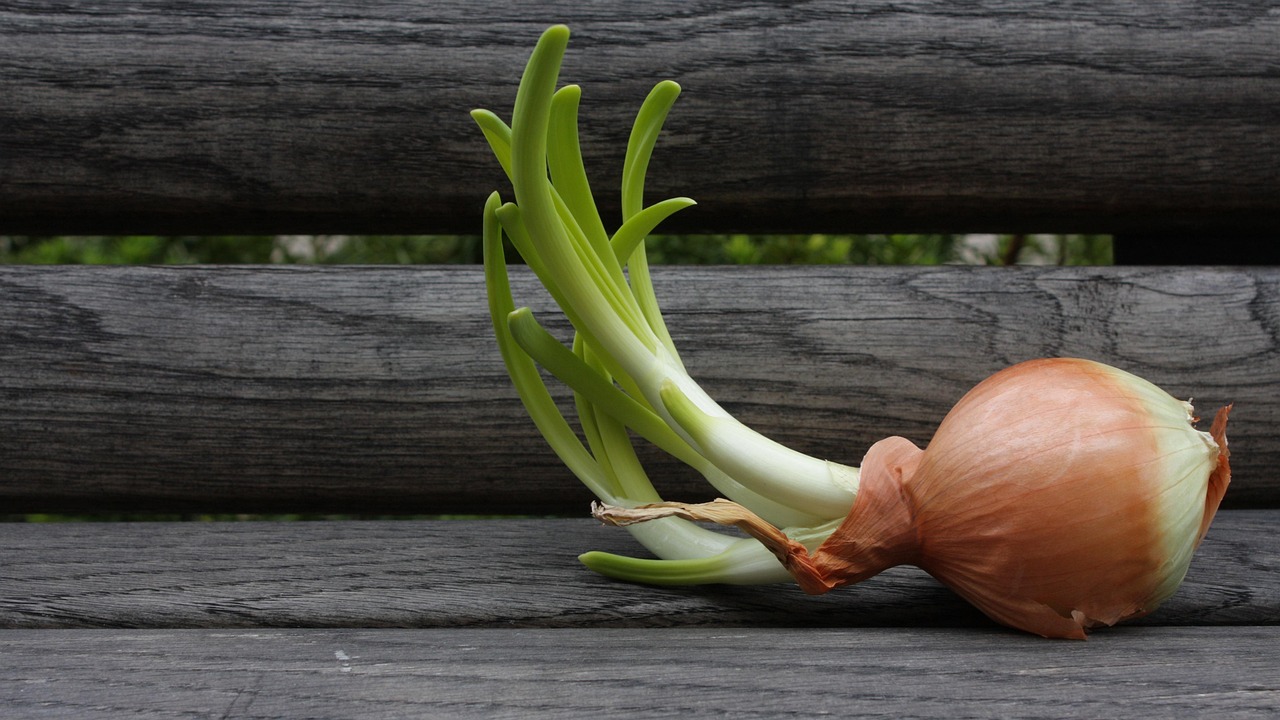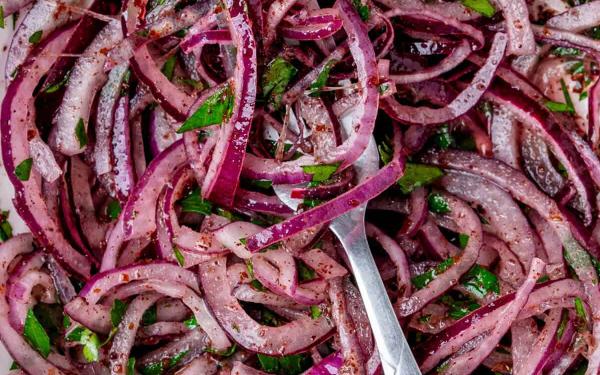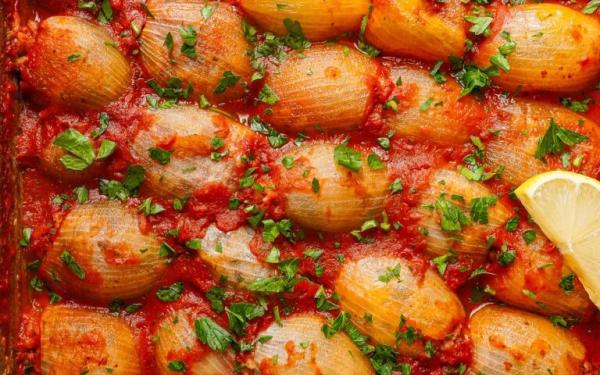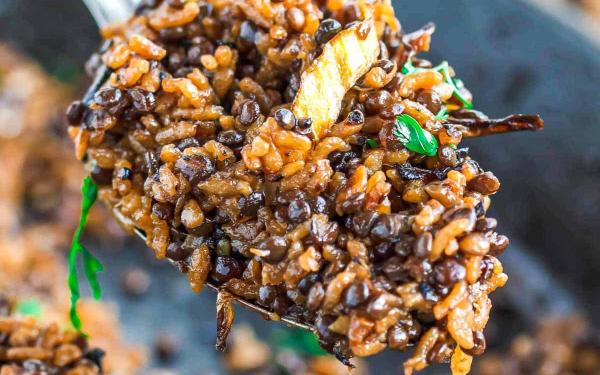Although there are various species of Onion, the bulb onion (Allium cepa) is the most widely cultivated species. While the exact geographic origin is unknown, onions are likely native to Central Asia and the Mediterranean region where they have been cultivated for at least 7,000 years. In fact, the first recipe using onions was recorded on clay tablets in ancient Mesopotamia around 2,000 BC. Onions grow best in sandy loam soil that is well-drained and rich in nutrients, which are conditions that exist in a variety of locations across the Middle East[1].

Cultural Relevance of Onion
In ancient times, Onions were believed to hold a variety of medicinal uses, although most of these ideas were brought by Roman conquest. Pliny the Elder wrote about the use of onions in Pompeii, and documented the roman beliefs on the onion's ability to improve ocular ailments, aid in sleep, and heal everything from oral sores and toothaches to dog bites, lower back pain, and dysentery[1].
Today, onions are also known for their anti-inflammatory, antiseptic, antispasmodic, diuretic, and various other healing properties [3].
Onions serve as a base for many popular Middle Eastern dishes, where it is often caramelized, sauteed, or served raw. However, they can also be baked, boiled, braised, grilled, fried, or roasted. Because they are relatively low in essential nutrients, they are primarily used for their sweet and savory flavors, rather than for nutritional or caloric value[1].
In general, there are three colors of onions that offer different culinary possibilities. This includes the yellow onion, which is bred for its sweetness and is generally caramelized and added to dishes for their sweet taste. White onions are also sweet, but tend to be more mild than yellow onions. They are particularly sweet when sauteed. Red onions are known for their sharp, pungent flavor, and are commonly used either raw or grilled[1].
In the Middle East, there are three primary varieties: Egyptian, Syrian, and Lebanese. Egyptian and Syrian onions are more yellow, and tend to be small, sweet, and perfect for raw consumption. Lebanese onions are much larger, with green bulbs, and are typically cooked before being served[2].
Onions can also be eaten before they are fully mature, in which they are generally referred to as "summer onions"[1].



